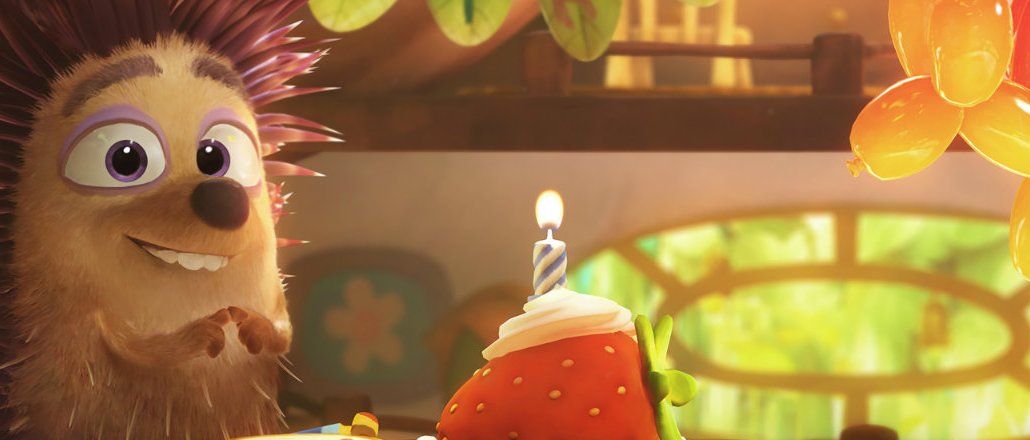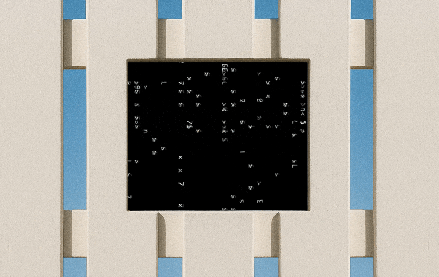Join us Dec. 1-3 in New Orleans for the Digiday Programmatic Marketing Summit

“Henry” is an animated short film about a hedgehog who loves to hug. The trouble is, stuck with prickly spines, it’s hard for Henry to make friends — which makes for a very lonely birthday.
It’s a cute little Pixar-esque story narrated by Elijah Wood that became the first-ever original virtual reality film to win an Emmy Award when it took home the “Most Outstanding Original Interactive Program” prize this year. The 12-minute film was made by Oculus Story Studio, a VR film studio formed by Facebook and Oculus last year to bring more narrative work to VR. Instead of focusing on documentary films or travel experiences, Oculus Story Studio is trying to tell actual stories on VR headsets. And it’s headed up by Pixar veterans Saschka Unseld and Max Planck, along with entrepreneur Edward Saatchi, to make it happen.
“When Saschka, Edward and I came together, we thought VR is cool, and for games, it’s great. But wouldn’t it be great if we could put an audience into a story using the same technology that games used?” said Planck, whose official title is technical founder of Oculus Story Studio. “At the same time, Oculus was looking to expand beyond games, too, and they asked us to come over and build this language and create great experiences.”
Today, the San Francisco-based Oculus Story Studio is made up of 25 people with backgrounds in visual effects, computer animation and game development. The company also contracts out as many as 15 additional people for different projects it’s working on.

To date, Oculus Story Studio has released two VR short films, “Henry” and “Lost,” which tells the story of a mechanical hand lost in a forest as it searches for the giant robot it belongs to. Available on the Oculus Rift and Samsung Gear VR headsets, both films are animated stories and look like computer-generated cartoons made by Pixar and other animation studios.
That Pixar-esque look and feel is intentional because VR still has limitations that filmmakers need to be mindful of and work within instead of trying to do too much, too fast. For instance, if VR filmmakers try to get too realistic with their animations, it would creep people out because they’re in an immersive, 360-degree viewing environment. Another reason: It’s easier to render simpler animations than more realistic computer imagery.
“You have 11 milliseconds for the computer to recreate the world around them as they look around — it’s a small box to work in,” Planck said. “It’s just like the early days of Pixar. They figured out how to do plastic and metal really well — well, what if we make a story about toys?”

Even working within VR’s current limitations, Oculus Story Studio is also developing new technologies to help filmmakers make different kinds of narrative films. Its next project is called “Dear Angelica,” which is described as an “illustrative” art film where the setting “comes to life” as viewers look around. To make this possible, the studio created a production tool called Quill, which allows illustrators to paint scenes in VR using the Oculus Touch — no pencil and paper required.
Quill was developed for internal use, but Oculus Story Studio will soon make the tool available publicly.
“Quill is exciting because artists now don’t need engineers to create things in VR,” said Saschka Unseld, creative director for Oculus Story Studio. “Ultimately, we also want to help vitalize the VR creative community and industry as well.”
At the moment, Oculus Story Studio is focused on its own content. Outside of developing production tools like Quill and sharing insights about VR, the company isn’t working directly with other publishers or filmmakers on original content.
VR itself is still very much in its early stages. There are no real indications that all of the time and money being spent by platforms and media companies on producing VR content will create an audience and business that rivals flat video. While some companies have dived in head first, others are taking more of a wait-and-see approach before making a significant investment.
Oculus Story Studio declined to reveal how many people have watched “Henry” or “Lost.” It will continue to shoot more VR short films and bring them to festivals like Sundance in an effort to keep pushing the medium forward, Planck and Unseld said.
“TV took a while before it invented the concept of an episodic TV show. That did not happen from the very beginning,” said Unseld. “We just need to make sure we don’t go around pretending to know right now how VR is going to exist in the future. It’s too early to know.”
Images via Oculus Story Studio
More in Media

AP makes its archive AI-ready to tap the enterprise RAG boom
It’s a strategy that should secure its future as an information data repository for the AI era, and widen its customer base to include more enterprise clients by meeting their AI needs,

Inside Reuters’ agentic AI video experiment
Reuters is experimenting with using an AI agent to speed up its video production process, and hired its first AI TV producer.

Shopify just became the biggest company to launch a Substack newsletter
Shopify is the first company of its kind — an e-commerce platform — to take the plunge into Substack.





